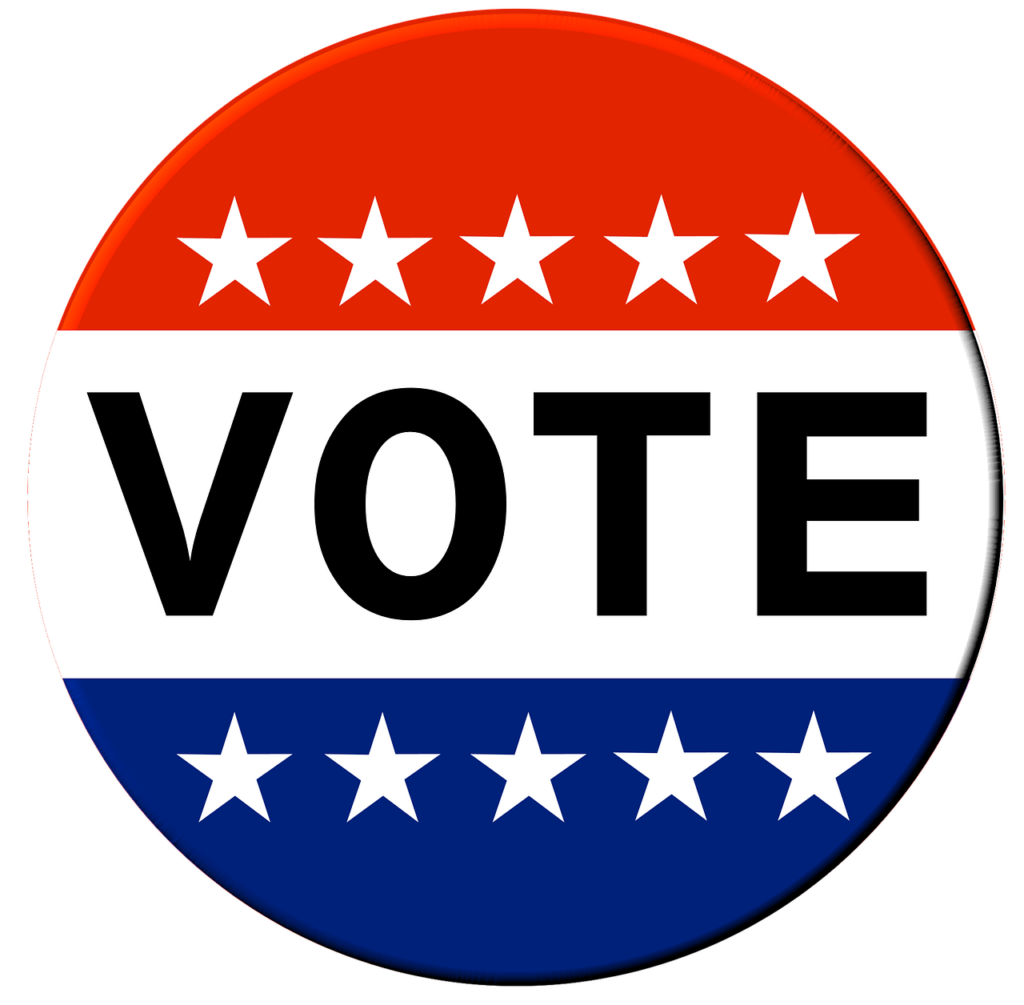
As B2B marketers, we’re always seeking examples of effective strategy—and political campaigns, with their intense focus on messaging and positioning, offer plenty of inspiration. Just like political candidates are constantly vying for voters’ attention in a relentless election cycle, B2B companies are continuously campaigning for customer mindshare in an ever-evolving marketplace.
In this article, we’ll translate key lessons from political campaigns into actionable insights for B2B marketers, demonstrating how effective positioning, attentive listening, and emotional resonance can make or break a campaign—or a brand.
The Power of Positioning in Political and B2B Marketing

How Effective Positioning Can Make or Break a Campaign
Positioning is one of the most powerful tools in a marketer’s arsenal, whether in politics or B2B marketing. Al Ries and Jack Trout, in their seminal book Positioning: The Battle for Your Mind, highlight the importance of creating a “new mind space” that differentiates you from competitors. This involves finding a unique, important, and believable position that effectively counters what competitors already “own” in the minds of customers. During the 2016 U.S. presidential primaries, our analysis of the candidates’ slogans predicted Donald Trump’s primary victory and eventual nomination well before most others. His “Make America Great Again” slogan was a textbook example of effective positioning, contrasting sharply with the less impactful messages of his opponents, such as Jeb Bush’s vague and uninspiring “Jeb!”
Example: Siemens, a leader in industrial automation, faced the challenge of distinguishing itself in a crowded market. Competitors were all vying for the same audience with similar product offerings. Siemens repositioned itself by focusing on sustainability and energy efficiency, targeting industries under pressure to reduce their carbon footprint. This clear positioning, combined with consistent delivery on the promise through innovative products, helped Siemens carve out a unique space in the market.
Our positioning tools create a discipline for our clients that ensures their ultimate position is not only unique, important, and believable, but that it fully takes into consideration what competitors already “own” in the minds of customers and effectively counters it. Are you positioning your company in a way that sets you apart and resonates with the specific needs of your target audience?
The Risks of Internal Bias and the Importance of Listening
Avoiding the Echo Chamber: Why Customer Feedback is Crucial
One of the biggest risks in any campaign, political or otherwise, is the tendency to rely on internal biases rather than listening to the audience. Political campaigns invest heavily in understanding voter sentiment, often adjusting their messages based on real-time feedback. This practice of “listening” is something B2B marketers should emulate. Tools like customer-focused SWOT analysis, which highlight only those strengths and opportunities that customers truly care about, are essential for aligning internal strategies with external realities.
Example: HubSpot, a leading SaaS company, believed that its most significant competitive advantage was its user-friendly interface. However, after conducting customer interviews, they discovered that their customers valued robust security features far more than ease of use. HubSpot realized that their internal perception of their strength was not aligned with their customers’ priorities. By refocusing their messaging and product development on security, they were able to better meet market demands and increase customer satisfaction.
Our clients use our customer-focused SWOT tools to ensure that they are building, strengthening, and leveraging capabilities that customers truly care about. Are you relying too heavily on internal assumptions without validating them through customer feedback?
Simplifying Complex Messages: A Lesson from Political Slogans
How to Cut Through the Noise with Clear, Emotional Messaging
Political campaigns are known for distilling complex issues into simple, emotionally resonant slogans. Whether it’s “Take Back Control” or “Make America Great Again,” these slogans work because they tap into the emotions and concerns of the audience. In B2B marketing, we often face the challenge of communicating complex product offerings. However, as evidenced by the top 20 B2B brands, simplicity and emotional resonance are key. Most of these top B2B brands utilize emotional taglines, countering the belief that B2B buyers only care about facts and functional benefits.
Democratic Vice-Presidential candidate Tim Walz offers a striking example of the power of emotional messaging. When criticized for his initiative as the Governor of Minnesota to provide free school meals, he responded with the memorable line, “I am such a monster… I think kids need a full stomach to learn.” This emotionally charged statement resonated deeply with voters, making it difficult for opponents to argue against the program.
Example: DHL, a global logistics leader, initially struggled to communicate the benefits of their end-to-end supply chain solutions. Their initial messaging was overly technical and failed to resonate with decision-makers. After refining their approach, they simplified their message to focus on a single, emotionally compelling idea: “Excellence. Simply delivered.” This new, straightforward messaging led to a significant increase in customer engagement and new business opportunities.
Tools like our Vietnam Card Sort and Benefits Ladder process help technical marketers rise above highlighting complex features that go over customers’ heads to translating benefits into clear, emotional outcomes that resonate with both technical and non-technical buyers. Are you communicating the core benefit of your offering in a way that resonates emotionally with your audience?

Political campaigns offer a wealth of lessons for B2B marketers. From the power of positioning to the importance of listening to your audience, these strategies are as relevant in the corporate world as they are in the political arena. The B2B marketplace, much like a continuous election cycle, demands constant attention to customer mindshare.
In today’s rapidly changing business environment, disciplines like trend analysis, customer-focused SWOT, and continuous customer engagement using tools like the Vietnam Card Sort should no longer be annual exercises—they need to be ongoing components of your strategic planning process. By maintaining a customer-centric approach and anticipating shifts in the market, your business can avoid the pitfalls of outdated differentiation and remain a leader in your industry.
Call-to-Action: Take a moment to reflect on your company’s current strategies. Are they still aligned with what your customers truly value? Consider conducting a customer-focused analysis to identify any potential gaps. Engage with your customers regularly, and don’t hesitate to pivot when necessary. Your proactive approach could be the key to sustaining your competitive edge in a rapidly changing market.

 Mary Abbazia
Mary Abbazia Tom Spitale
Tom Spitale Sean Welham
Sean Welham